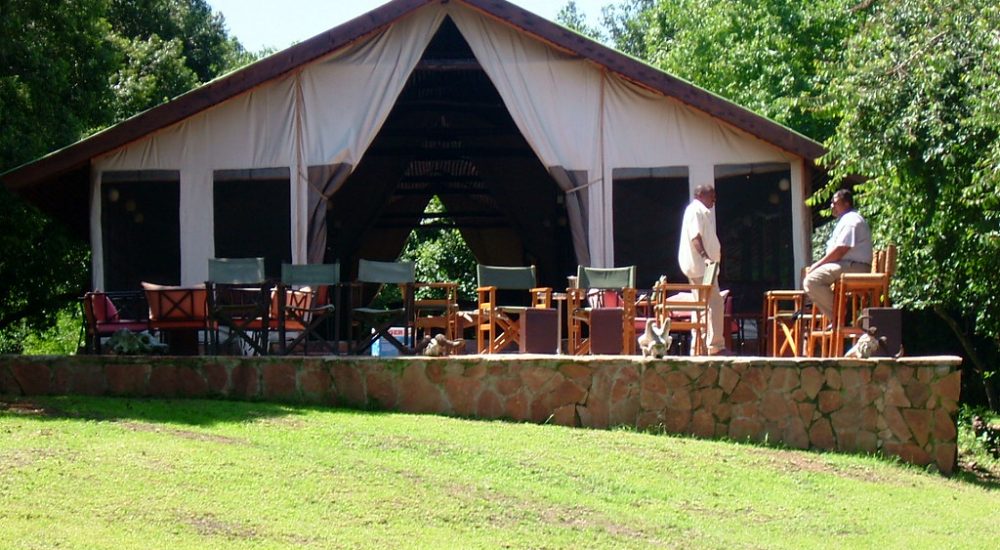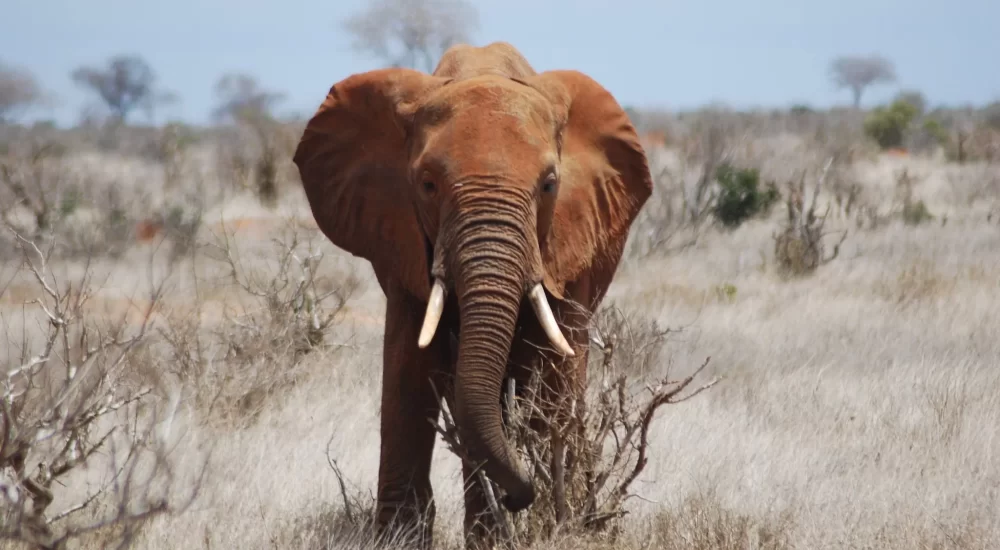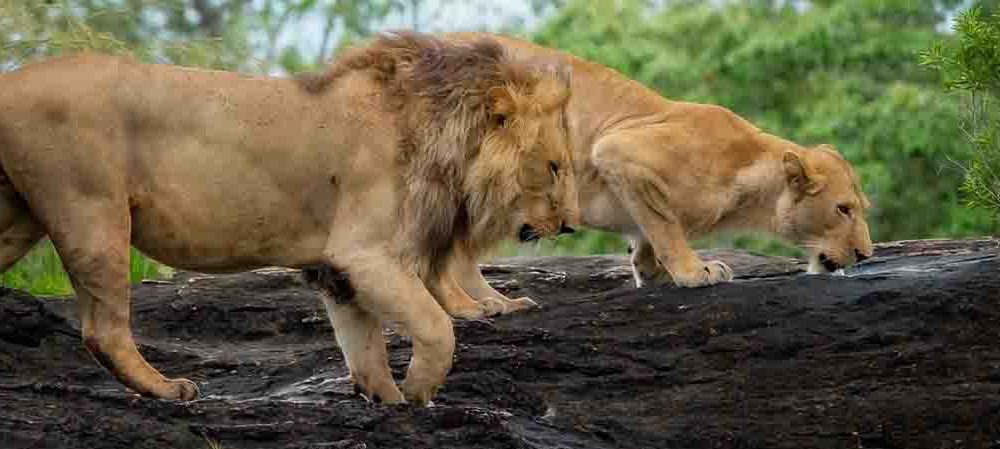Where Can You Stay in Maasai Mara? Maasai Mara National Park is located in Kenya's…
Kenya safaris to South Island National Park
Kenya safaris to South Island National Park – Kenya wildlife tours and Culture experience.
Kenyan safaris to “The Isle of Mystery”—South Island National Park Numerous legends of ghosts and bad spirits have been inspired by the midnight light of its South Island’s brilliant vents, which are covered in volcanic ash from end to end. Birdwatchers may see 34 different species of European migrants on the island between March and May, as they make their annual migration home.
Lesser flamingos are attracted to the volcanic island lakes, and at least 23 species nest here, including Goliath herons and African skimmers. On the shoreline, you may see ducks, gulls, and African open-billed storks. There are a lot of birds of prey, particularly swallow-tailed kites. In addition to housing one of the highest concentrations of crocodiles on Earth, this park is a fantastic spot to go game viewing.
Amazing possibilities for birdwatching and breathtaking landscapes await visitors to this UNESCO World Heritage Site. Birdwatchers may see flamingos, pelicans, and a plethora of other aquatic species at this aviary. On top of that, the island has a plethora of wildlife, including migratory birds, hippos, and Nile crocodiles.
Travelers visiting Kenya’s South Island National Park
Incorporate a visit to South Island National Park into your travel plans if you are seeking for the purest safari locations. You can see the 12,000 crocodiles who call this park home lounging peacefully on the shores of the lake. Legend has it that these reptiles haven’t altered a bit in 130 million years. Their nesting grounds are the Crater Lakes on the island, where they lay their eggs from April until May.
![]()
The saw-scaled viper, cobra, night adder, and puff adder are among the other species you may look out for. Fish species found here include tilapia and the enormous Nile perch. The presence of puffer fish, a common marine animal, demonstrates the Turkana people’s ancient connection to the Red Sea.
Of the roughly 84 species of water birds found here, 34 are migratory species from Europe, most often seen between the months of March and May. The volcanic island lakes attract many lesser flamingos, and over 23 species breed here, including the Goliath heron and the African skimmer.
The beaches of the lakes are important to the African open-billed stork, gulls, and ducks. Among the birds that hunt on these predators are pelicans and the swallow-tailed kite. When it comes to hippos, there is no better place to breed than Lake Turkana. The vast majority of animal watching opportunities are provided by its many wildlife attractions.
South Island National Park’s weather.
The months of December through March are hot and dry in South Island National Park; the months of June and July are the coldest, while the months of May through September are characterized by strong winds. While other locations need longer to experience rainfall, the park gets 250 mm annually.
Directions to South Island National Park?
Covering an area of 39 square kilometers, South Island National Park is situated in the southern section of Lake Turkana, about 20 kilometers south-west of Loyengalini. It is accessible by both air and road. Three days’ journey from Nairobi, via Marsabit and North Horr or Maralal and South Horr, is the route to Lake Turkana by road.
Another alternative would be to go from Nairobi to Kalokol via Kitale and Lodwar, two towns on the western coast of the lake. You may charter a boat to get to Central Island from Kalokol.
Loiyangalani, on the lake’s southeastern shore, and the adjacent airstrips make Lake Turkana accessible by plane.
South Island National Park lodgings.
Tourists may choose from a variety of famous lodging options inside the park, including as the Malabo resort, Lobolo tented camp, Oasis Lodge, Kobi Fora, Game trackers campground, Palm shade camp, Sunset strip camp, and the National Museum of Kenya, among others.


